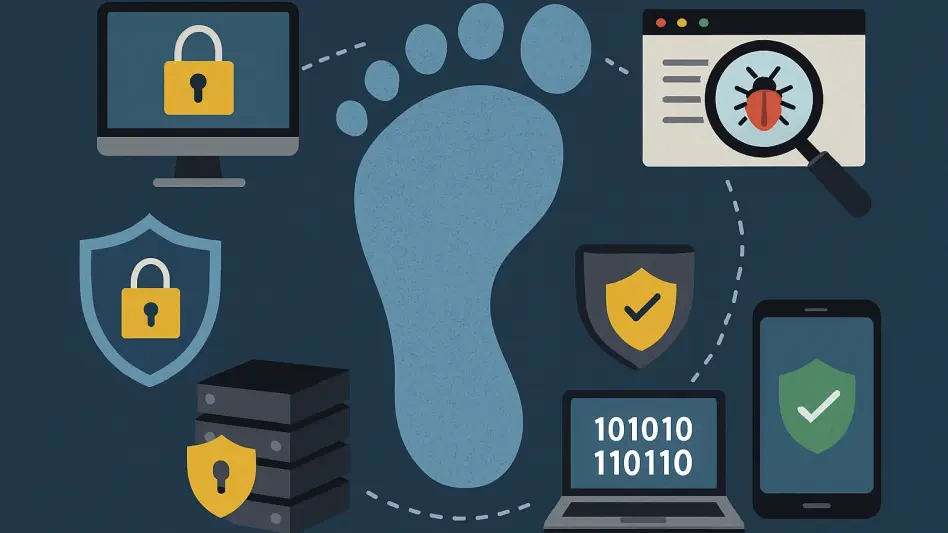In the rapidly evolving landscape of cybersecurity, a recent discovery has brought attention to a phishing campaign of unprecedented sophistication, where cybercriminals exploit Microsoft 365’s Direct Send feature to deceive end-users by sending seemingly internal emails. This campaign, meticulously investigated by security experts at Varonis Threat Labs, has affected over 70 organizations, with a staggering 95% of these entities located in the United States, starting from May 2025. Unlike traditional phishing attacks that often require breaching user accounts or accessing corporate systems, this technique capitalizes on the ability to impersonate internal communications without any such breach. By mastering a company’s domain and email structures, attackers can artfully bypass conventional email security measures, creating a facade of authenticity that is difficult for even the most vigilant staff to detect. Understanding this novel threat’s implications is vital for organizations relying heavily on email networks for daily operations.
Exploiting Internal Features for Phishing
The essence of this phishing strategy lies in its manipulation of Microsoft 365’s Direct Send capability. Cybercriminals have learned to harness this seemingly innocuous feature to construct emails that appear to originate from within an organization. This knowledge of domain details enables them to align their email formats with those used by actual employees and departments. Consequently, these emails can circulate without triggering alert systems that would typically identify them as external threats. A notable tactic involves the use of spoofed voicemail notifications, which include PDFs embedded with QR codes. These codes redirect unsuspecting recipients to counterfeit Microsoft 365 login portals, where their credentials are harvested. This mimicry not only complicates detection efforts but also hampers traditional security mechanisms, underscoring how cyber adversaries can utilize existing system features against their intended security purposes. Organizations must be wary of these new forms of internal exploitation and adapt their defense strategies accordingly.
Strengthening Defenses Against Innovative Threats
As the nature of phishing attacks continuously evolves, so too must the defensive approaches of targeted organizations. Experts from Varonis have put forth critical recommendations aimed at mitigating the risks associated with these complex exploits. Among them is the thorough examination of email headers, which can reveal inconsistencies indicative of suspicious activity. Furthermore, implementing a robust DMARC policy strengthens the ability to authenticate email sources rigorously. One pivotal suggestion is to activate the Reject Direct Send setting within Microsoft’s Exchange Admin Center, thereby removing an avenue commonly manipulated by attackers. Education remains a cornerstone of defense, underscoring the significance of informing users about the particular dangers of QR code phishing. Beyond these technological safeguards, human layers of security can serve as an essential barrier to unauthorized access attempts. Employing Multi-Factor Authentication (MFA) and enforcing Conditional Access Policies introduces additional hurdles that cybercriminals must navigate, enhancing the institution’s overall security posture.
Building Resilient Systems to Combat Phishing
In the ever-changing realm of cybersecurity, a recent revelation has spotlighted a highly sophisticated phishing campaign. Cybercriminals are abusing Microsoft 365’s Direct Send feature to mislead end-users by sending emails that seem internally originated. This campaign was meticulously investigated by Varonis Threat Labs, and it has affected over 70 organizations, with a remarkable 95% based in the United States since May 2025. This approach stands apart from typical phishing attacks, which often need access to user accounts or corporate systems. Instead, the attackers exploit the ability to mimic internal communications without any breach. By mastering a company’s domain and email frameworks, they cleverly circumvent standard email security measures, creating a believable facade that’s hard for even the most alert employees to spot. Understanding the ramifications of this novel threat is essential for organizations that depend heavily on email for their daily tasks, as it challenges their current security protocols and calls for enhanced vigilance.








